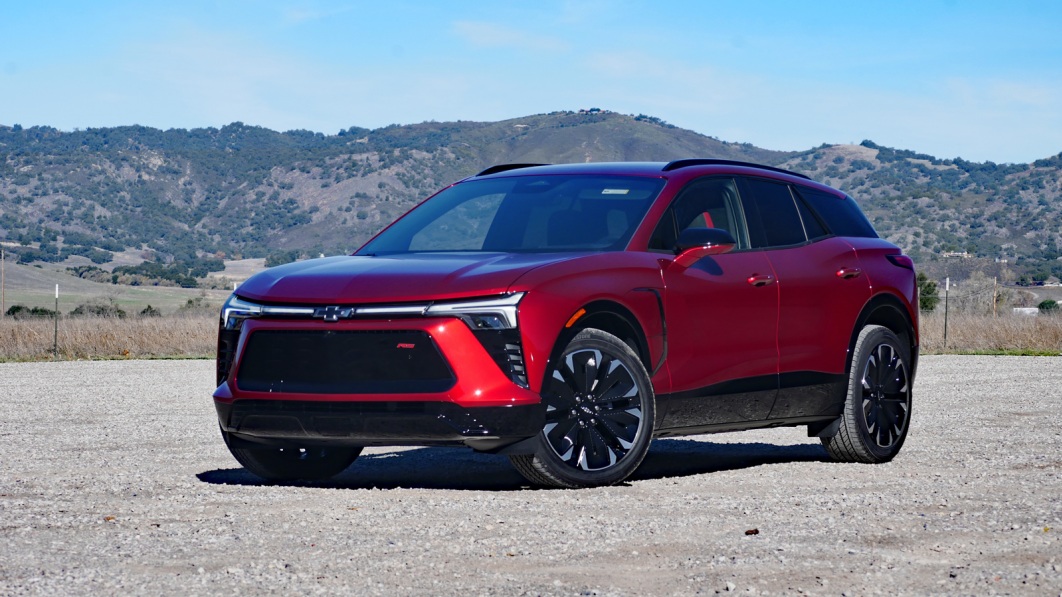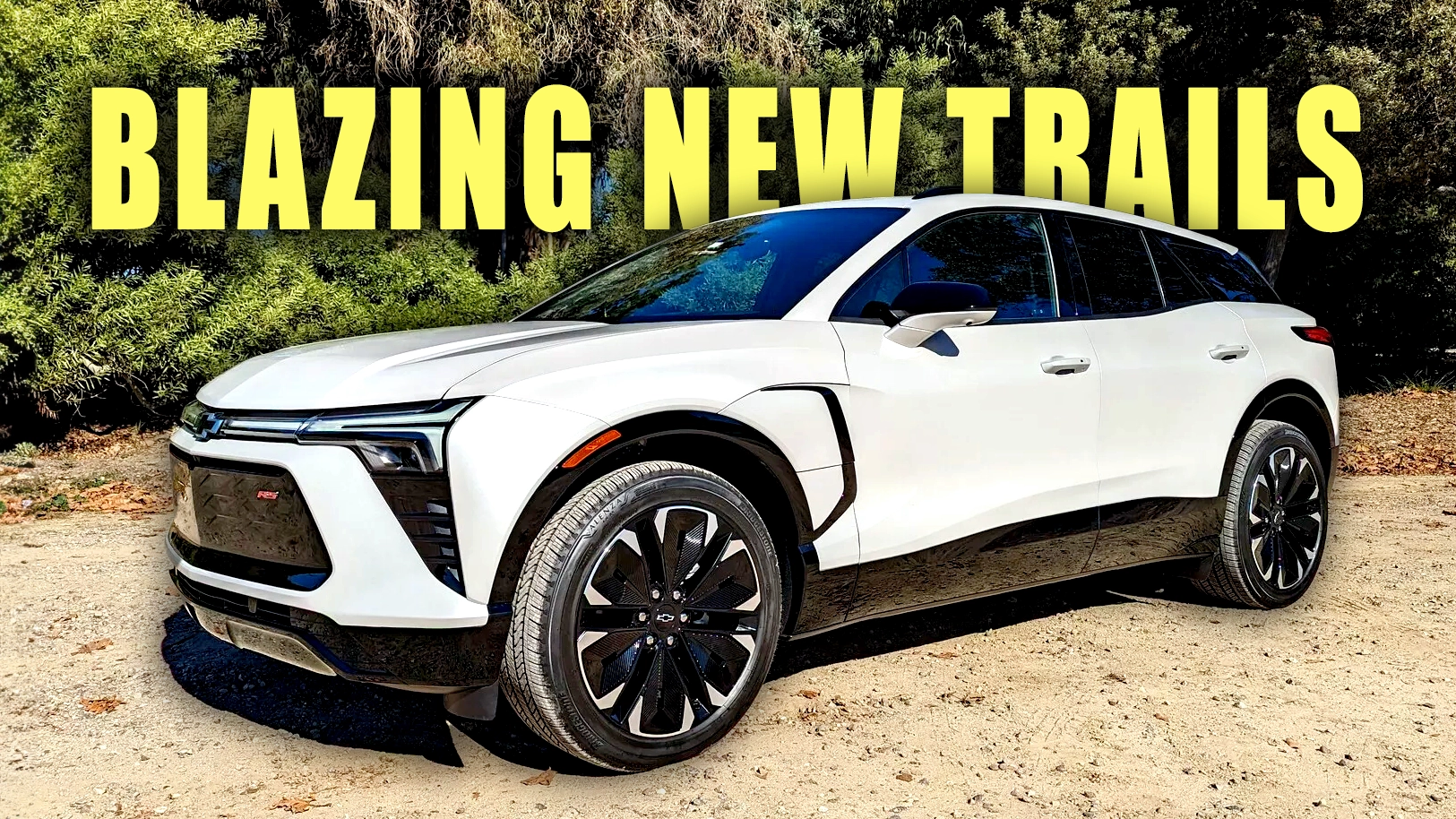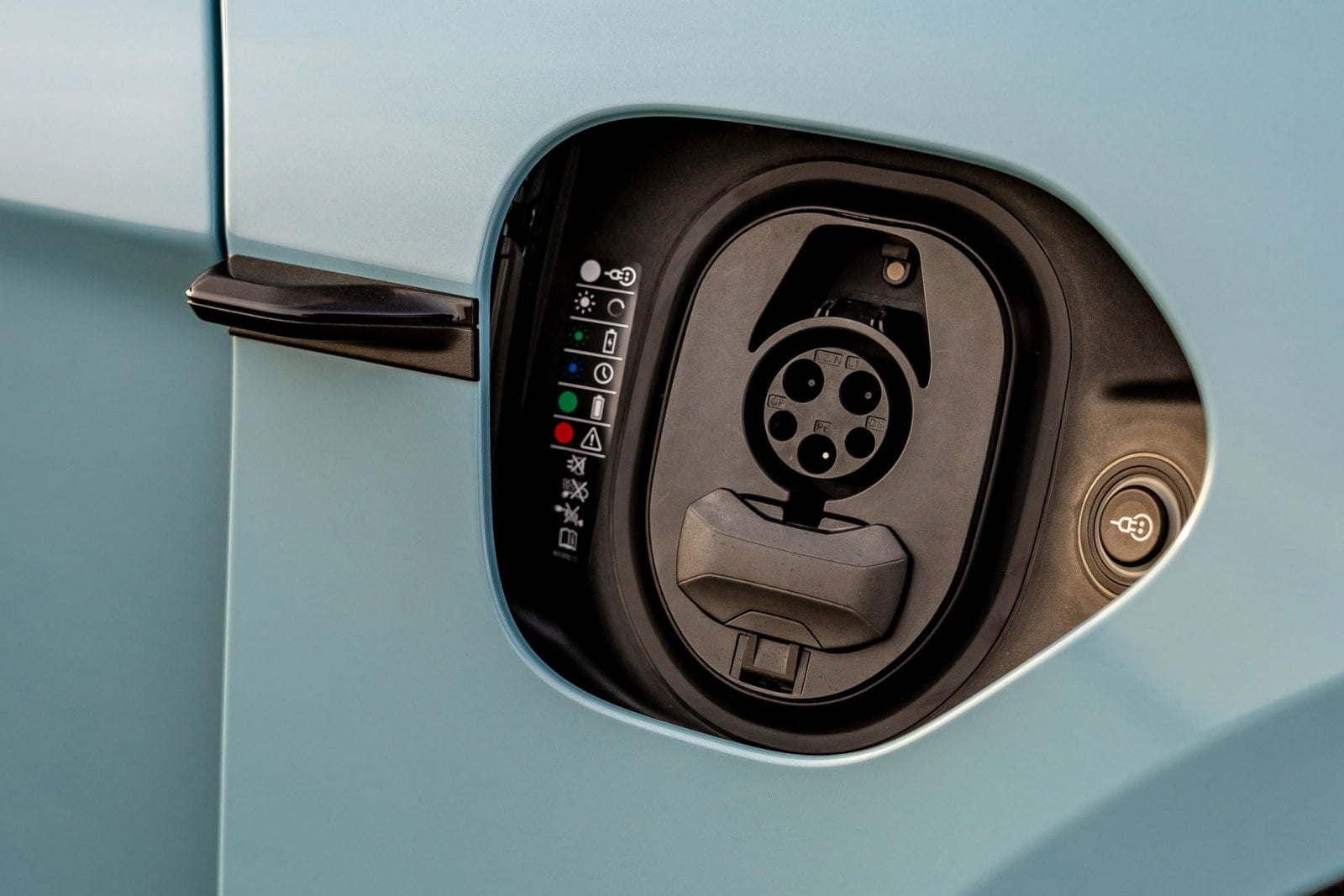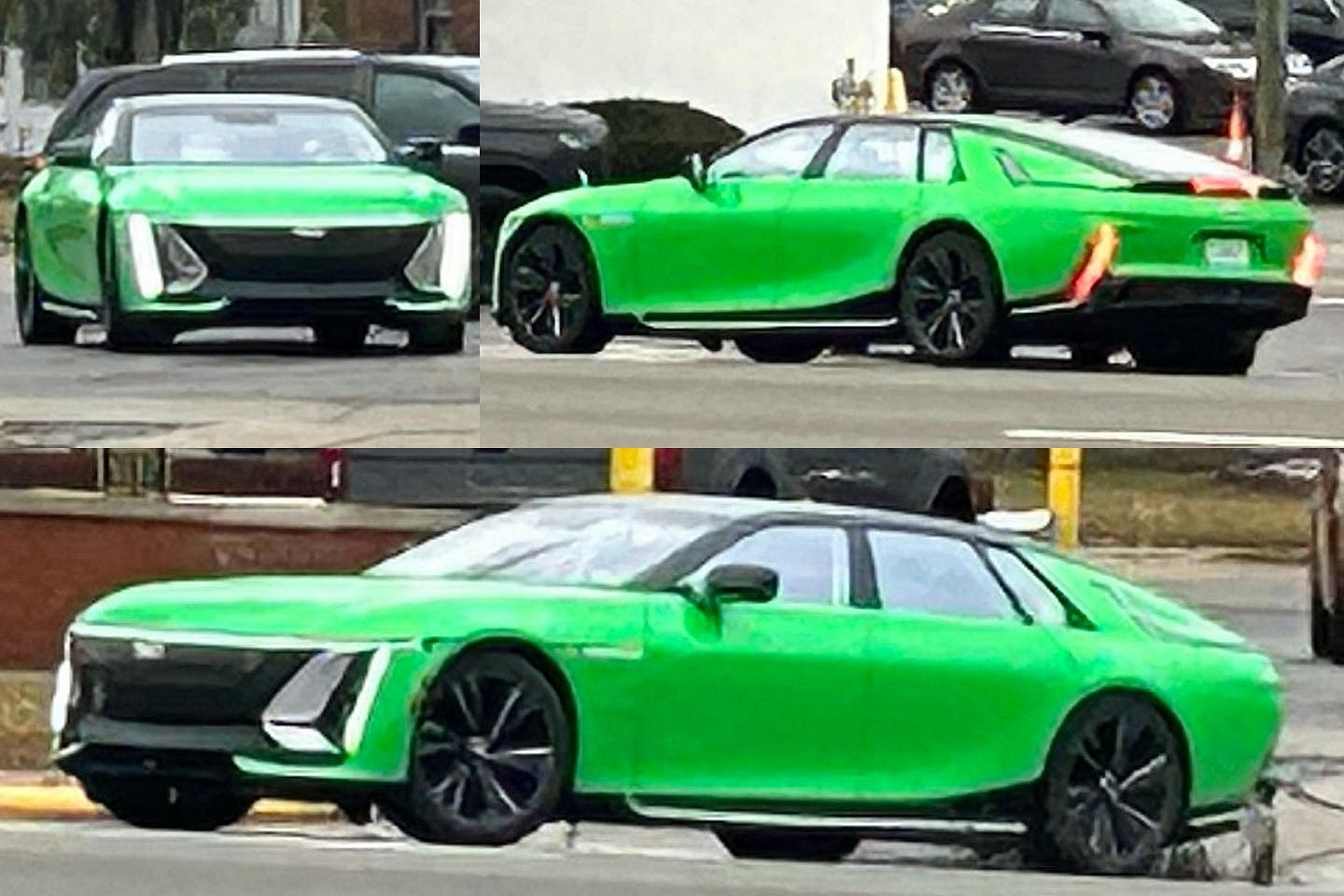This came up on the sidebar when I was watching something else on YouTube. It's about the Mustang Mach E, but the narrator also talks a fair bit about the conundrum the legacy car makers are in. The legacy car makers are going through the teething pains with EVs that Tesla went through 10 years ago and when consumers cross shop a legacy maker's EV vs ICE from the same brand, it often makes more sense to go with the ICE if you really want a car from that brand.
The legacy car makers are in the same position Kodak was in when digital photography came around. A lot of people like to talk about Kodak sticking their head in the sand, but my father had a direct Kodak dealership and the tech reps who came around were telling him back in the early 90s that Kodak was in a trap and there was no way out.
Traditional photography has a long tail most people never saw. The bulk of Kodak's business wasn't selling film, but selling darkroom supplies. Eliminate the darkroom and their business model completely fell apart. Digital is a completely different path from the image through the lens to the finished product (whether you're printing it or displaying it electronically). There is zero overlap in supplies and the supplies needed are vastly less. Plus the different technology opens the door for other companies that traditionally make other products to jump into the space and they have a leg up to do better than the traditional film companies.
The legacy car makers are structured to make ICE. They've been doing that for a century. There is more overlap between an ICE and an EV than between film and digital photography, but there are large parts of the ICE tech companies have spent billions developing that needs to be thrown out. And EV tech is different. Making a reliable EV takes a different engineering approach than making a reliable ICE. Again the companies have invested lots of R&D into making very reliable ICE.
So the legacy car makers are coming out with first attempts at EVs and inevitably getting some things wrong. For what you get with the EV, it's more expensive than similar ICE from the same company. Customers are getting burned from the experience and either looking more seriously at an EV only brand or they are getting turned off EVs entirely. Customers of the major brands expect a level of reliability that just isn't going to be there in the first gen EVs from legacy car makers. Tesla is getting there, but they are still a bit behind legacy car makers in reliability of their ICE.
Much of the legacy car industry may implode leaving the EV market to a bunch of companies that didn't exist when this century began.












